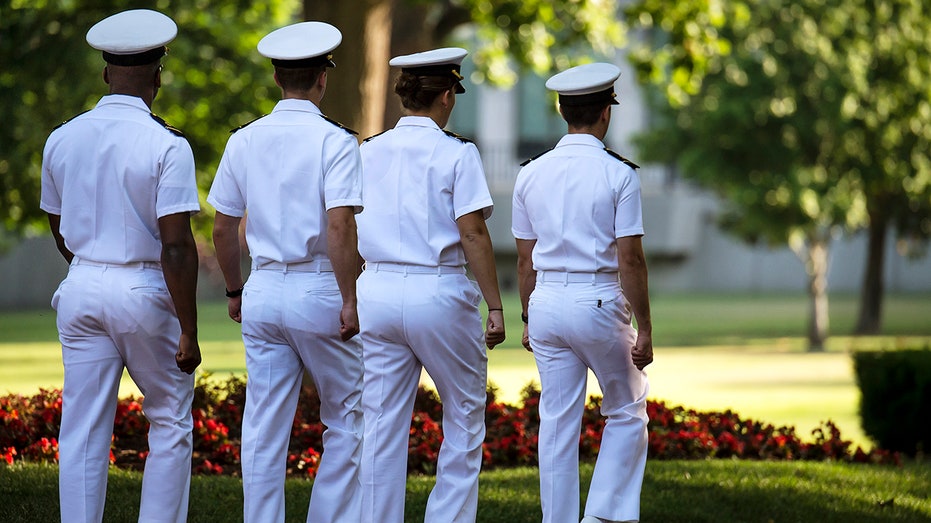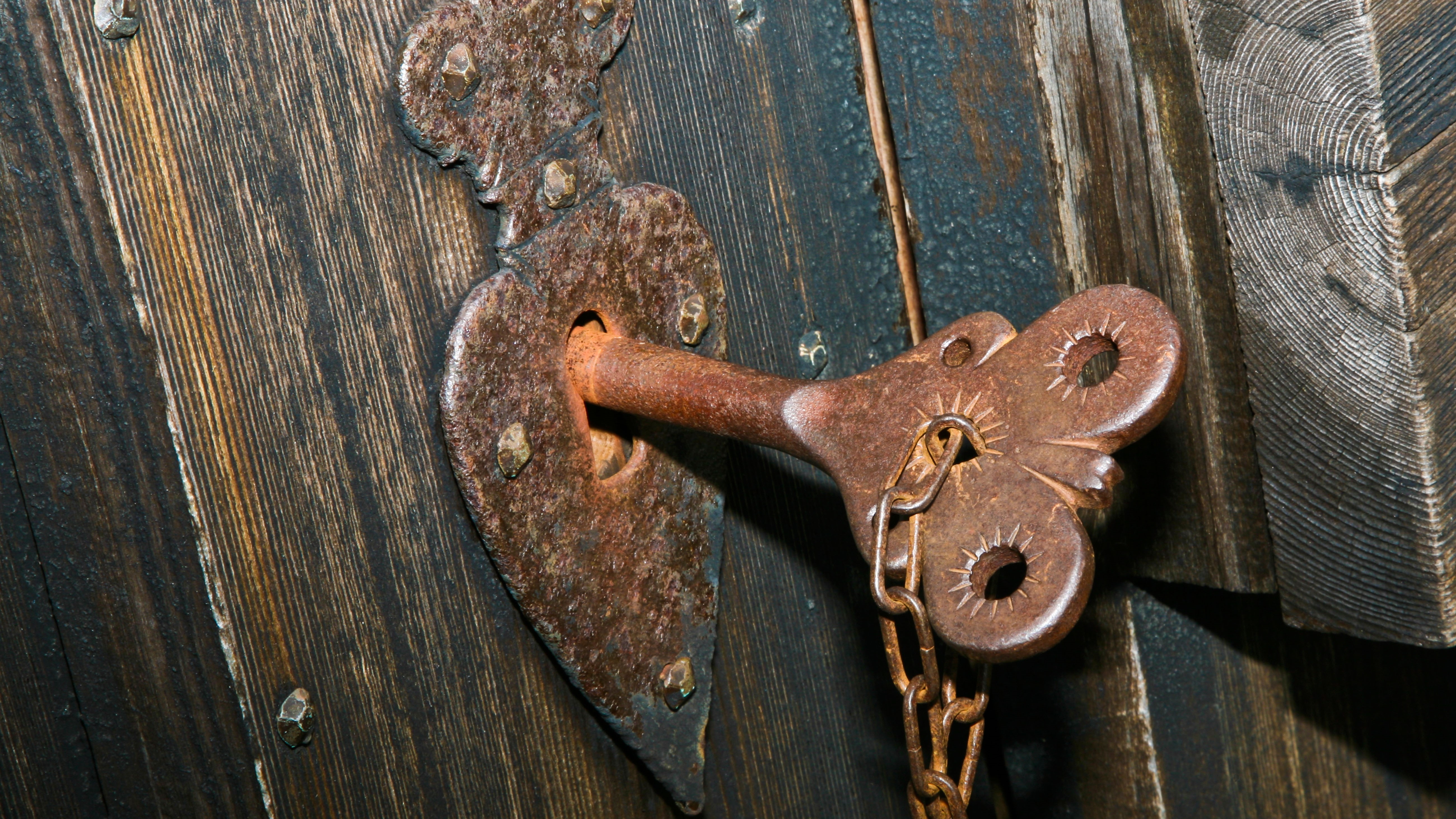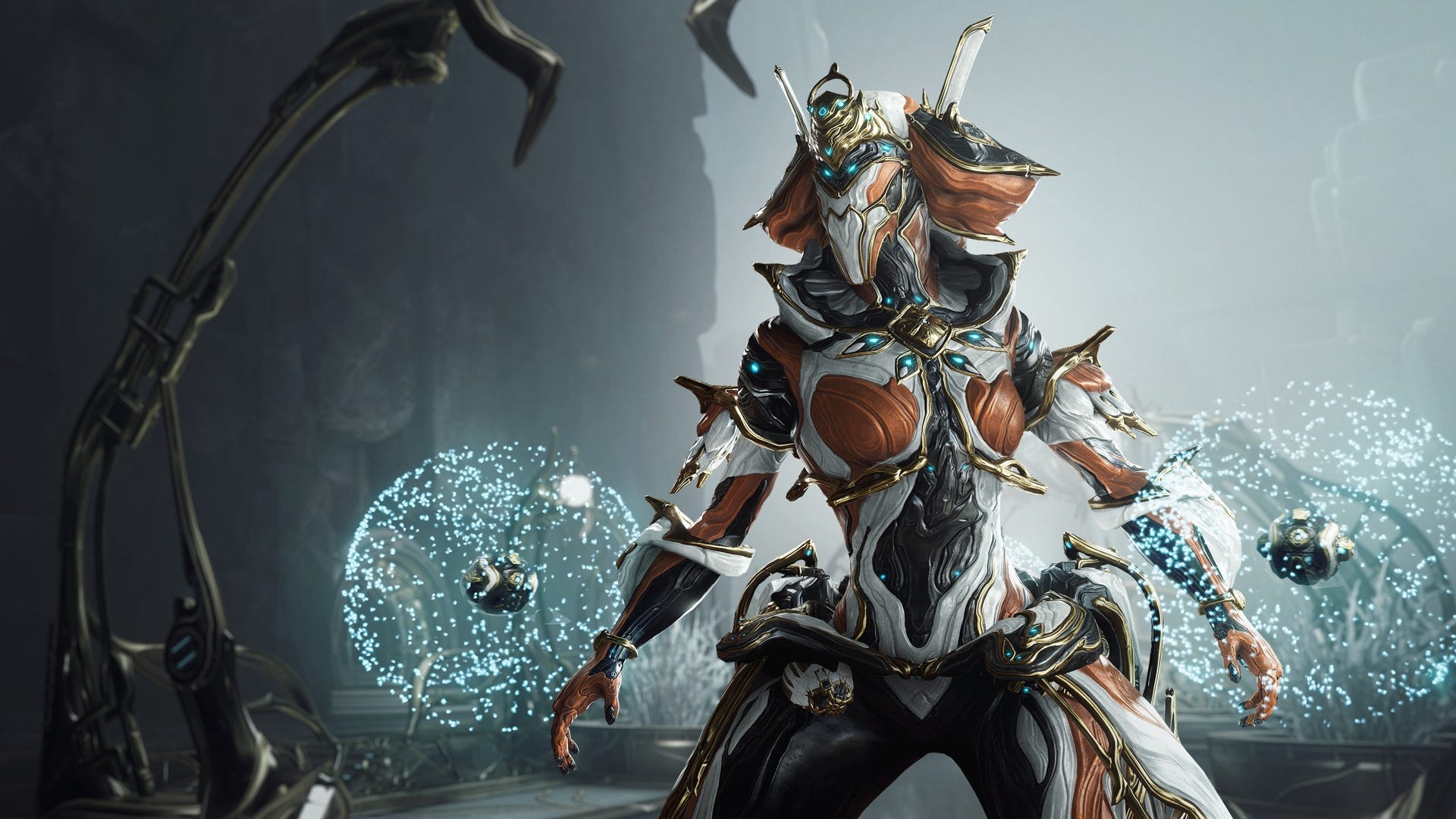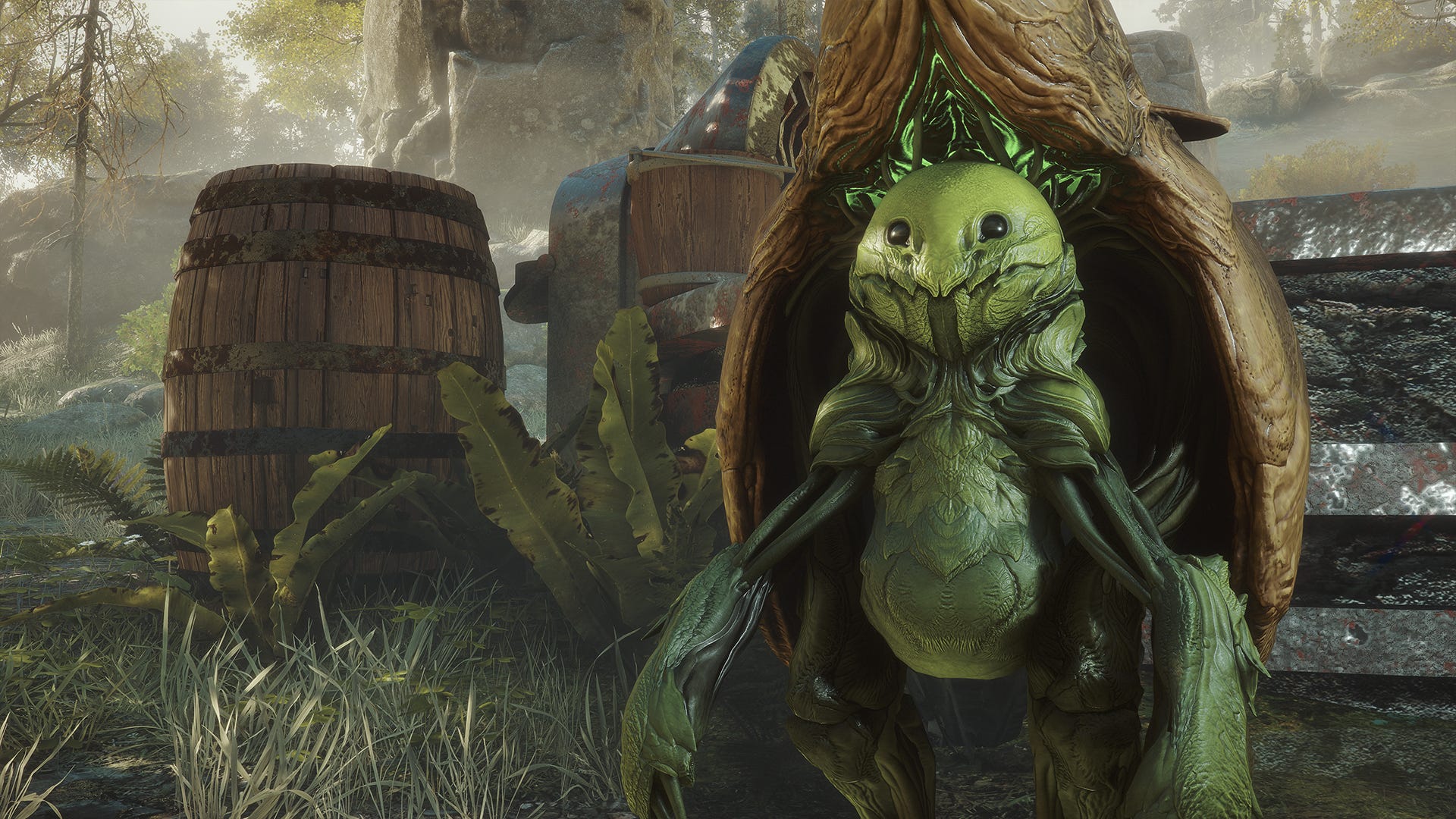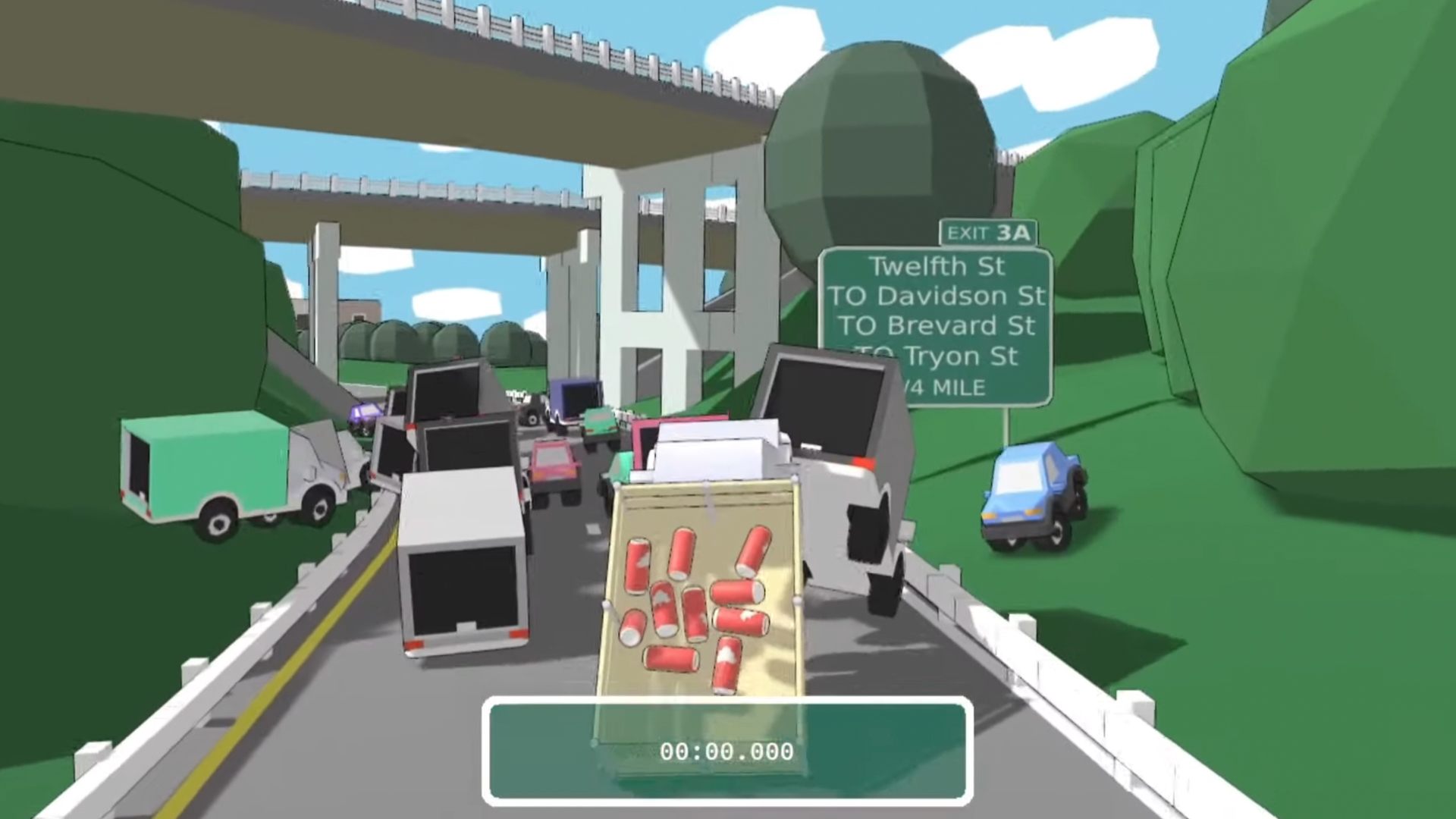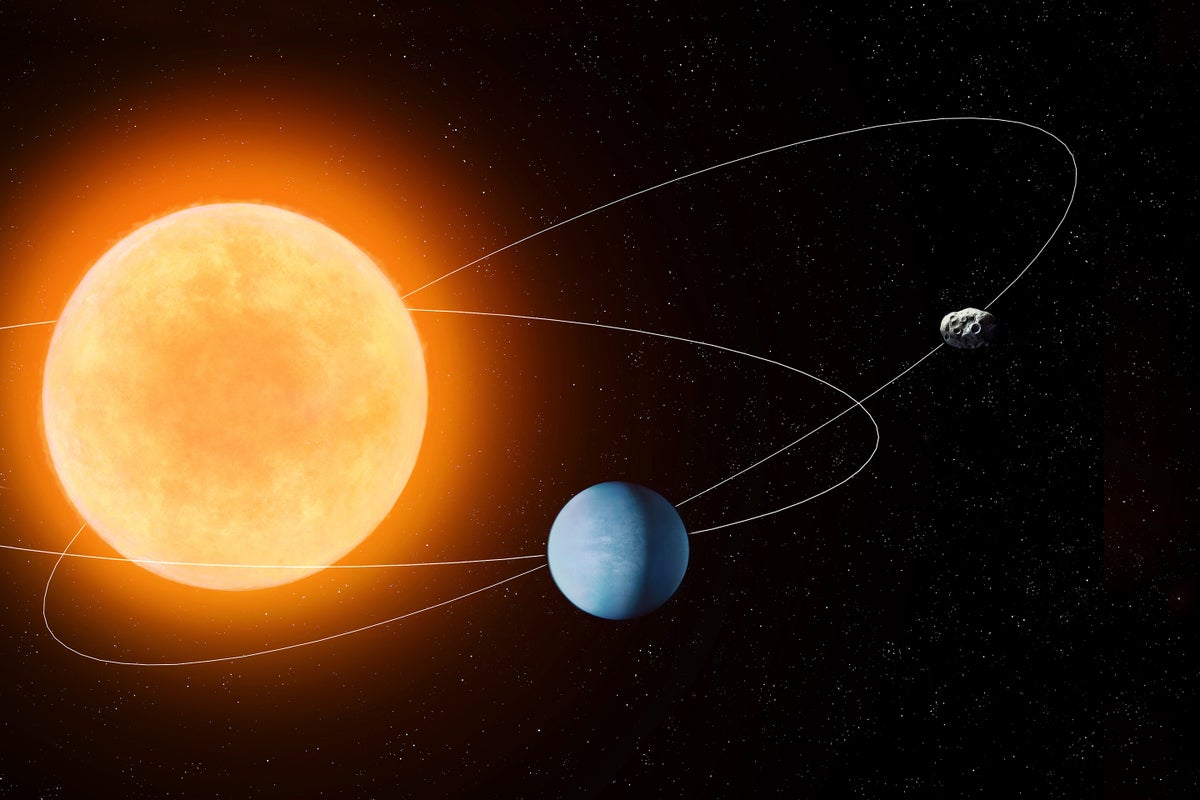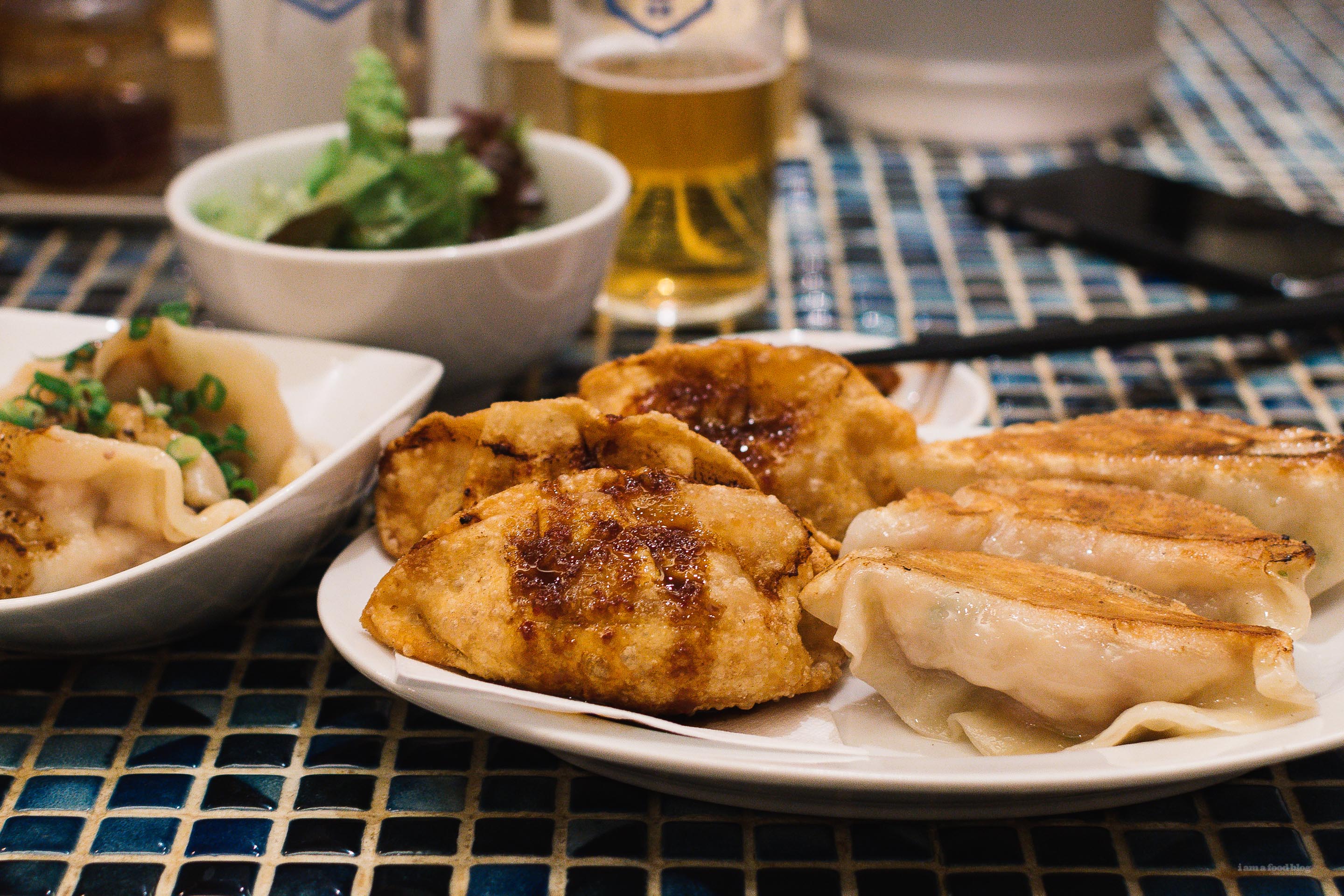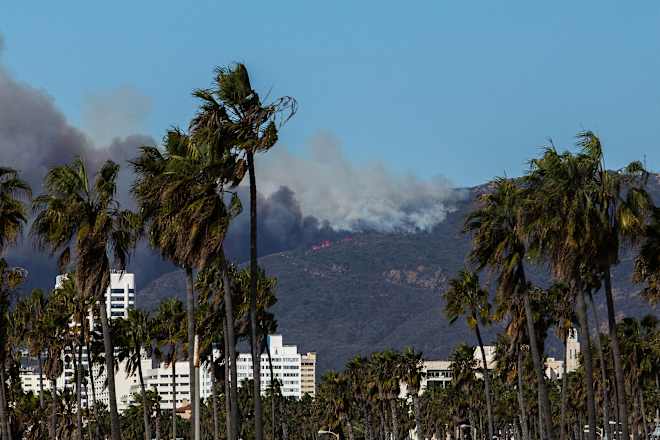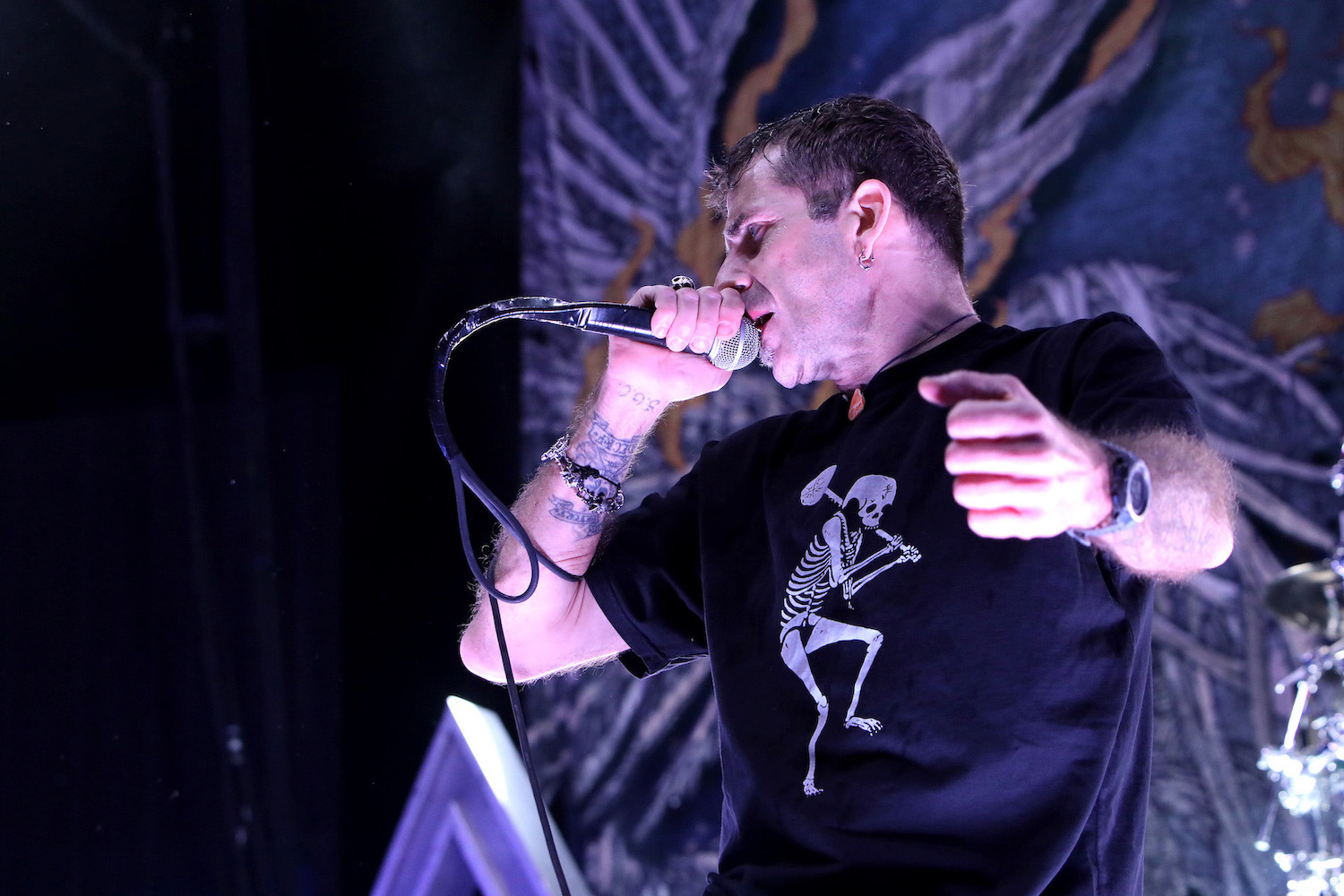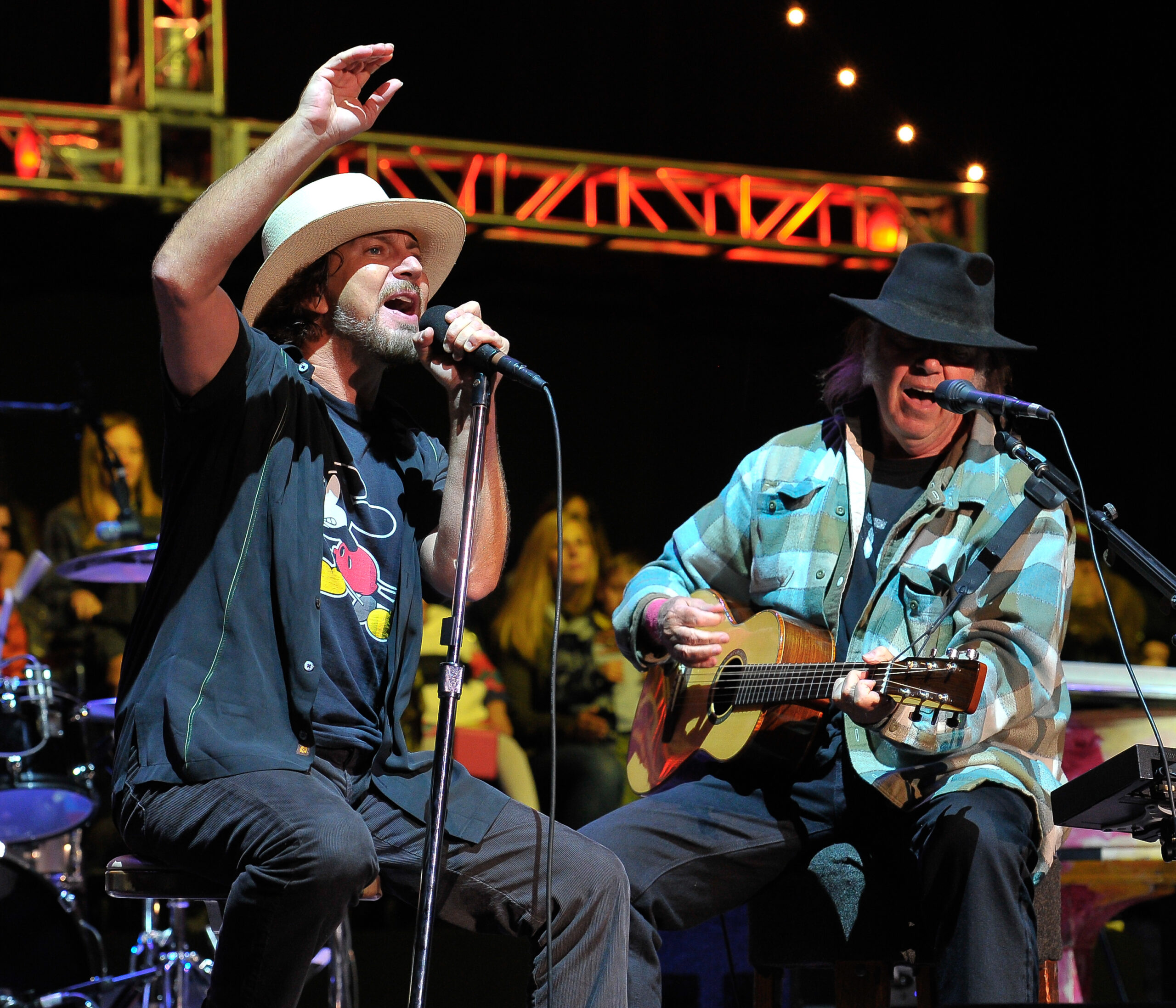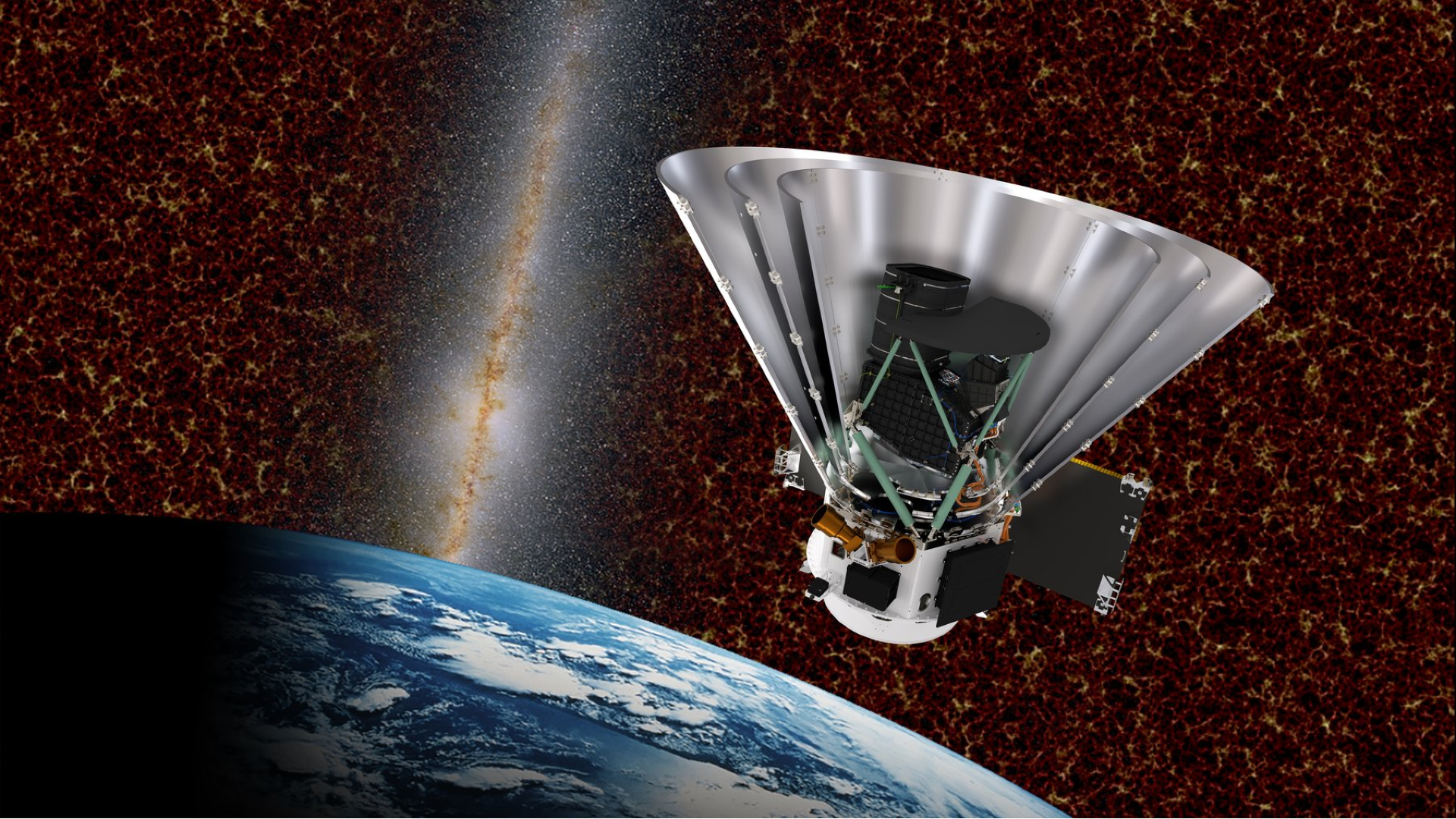Behavioral Observation
Colony: Punta Tombo, Chubut, Argentina Date: 9 November Site: RFID B Nest: 708H Nest type: Burrow, northwest-facing, mid-slope, concealed from above Penguin: Male, toe-tag no. 14113/RFID no. 37189 Device: AX3 accelerometer no. 99290, day three of a five-day deployment Nest Contents: Two eggs Notes: Purpose is to ground truth time-stamped accelerometry data from AX3 with […]
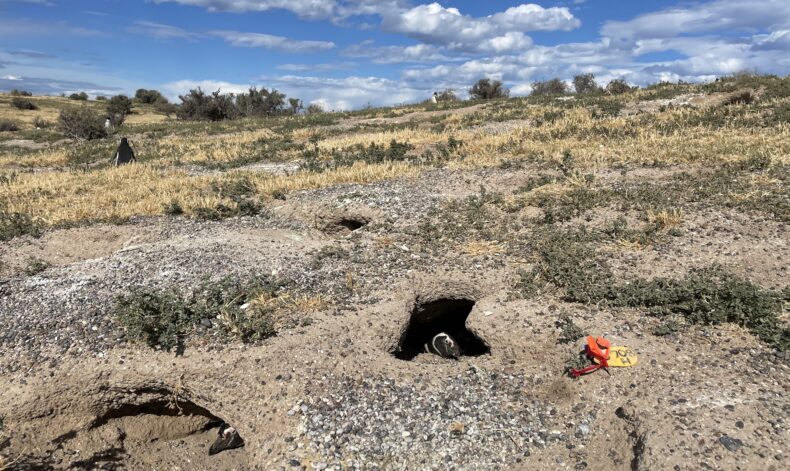

Colony: Punta Tombo, Chubut, Argentina
Date: 9 November
Site: RFID B
Nest: 708H
Nest type: Burrow, northwest-facing, mid-slope, concealed from above
Penguin: Male, toe-tag no. 14113/RFID no. 37189
Device: AX3 accelerometer no. 99290, day three of a five-day deployment
Nest Contents: Two eggs
Notes: Purpose is to ground truth time-stamped accelerometry data from AX3 with observed behaviors in an effort to determine how frequently an incubating penguin goes down to the ocean to get a drink, among other things.
Start time: 1635
###
1635: Begin observation.
1635: Penguin headwags at me when I walk up. He is incubating his clutch in the back of his burrow, a meter or so from the entrance, having positioned himself so that he is mostly in the shade. I sit down about two meters from the burrow entrance—close enough to see what he is doing, if anything, but not so close that I will affect his behavior too much.
1637: Some head movements, but sitting still again now with eyes closed. Face is dusty. Weighed 4.4 kg (9.7 lbs.) at deployment so perhaps a few days into his major incubation shift. His mate should return within a few days if his weight is any indication. Now has turned his head and is watching me out of his right eye.
1639: A European hare runs past the burrow. Penguin does not appear to notice. But when I peek up to check on him he must sense it, because he opens his eyes and looks at me, although his back (where the accelerometer is taped) remains motionless, so probably does not register as movement.
1641: Obviously me sitting here affects him. Who am I kidding?
1642: The sun creeps across the burrow opening, the burrow floor, then starts to move up the penguin’s left haunch. I can almost feel the heat radiating from his black feathers. He shifts but can’t get fully back in the shade. So he sits there on his eggs, a growing sliver of him baking in this desert heat.
1646: Mockingbird singing nearby. Penguin is unmoved, unmoving.
1651: He (the penguin) seems to be keeping an eye on me, checking every so often to see if I am still here.
1657: I am still here.
1702: Shifts slightly.
1704: Shifts slightly again.
1706: I am still here.
1708: He stands! But only to change the position of his eggs. Then he sits back down. Now the B egg is in front, propped under his feet, with the A egg behind. He again wedges himself into the back of his burrow. Maybe all of this will register on the accelerometer? One can only hope.
1710: A piece of grass blows into the burrow and strikes the penguin’s side. He does not react.
1712: Burrow, now that I look more closely, actually has a fair amount of grass in it. Likely yanked from the ground and brought here by the penguin himself. Different penguins bring in different amounts of grass. Maybe a question of taste? Or maybe it feels better to sit on grass than pebbly dirt? Or maybe having something to look at helps the hours pass as he incubates his clutch? I always assumed penguins just tore out clumps without regard, but maybe they have some sort of aesthetic consideration, an interior decorative element.
1716: More penguins coming back from the sea, wet and clean and, presumably, well hydrated. Most are males, but can see a few females here and there. Maybe his mate is among them? Or maybe not.
1722: He is asleep again. Probably has been asleep for last five minutes or so.
1723: My right leg is asleep from foot to knee. Do penguins lose feeling in their limbs as they incubate? I have read they can sleep in microsecond bursts, but do so so frequently that they end up sleeping for something like eleven or twelve hours a day. More than I sleep! But this male is getting luxurious chunks sleep, excepting the times he seems to pop awake so he can look at me.
1726: Wind catches notebook pages, tears them from my hand. He opens his eyes, looks up.
1731: A flurrying flock of kelp gulls overhead, seven, now eight of them, flying above the burrows, checking them, trying to take advantage of those parents who are not as attentive as tt14113—those parents who might have gone down to the water to drink(!!)—and grab their eggs. He seems attentive to them, in that he moves his head some.
1738: No movement. The penguins who have returned stand in front of their nests. These are males who either never had a mate or lost their contents. They bask in the sun, free of care. Some are starting to bray. I guess it is about time for the early evening socials—males braying and bill-dueling and strutting around. They seem so macho, until you realize they have this sort of time to kill because they either were bad, or, to be fair, unlucky parents who lost their eggs to a gull or armadillo. (Maybe they were too thirsty?) Or they could not convince a female to join them in the first place. Meanwhile the good parents, who still have eggs, who refuse to quench their thirst, like the male in 708H, sit in silence.
1744: This whole scenario reminds me vaguely of that old parable about the five wise and five foolish virgins waiting for the bridegroom. Except with penguins it’s more like two wise grooms and eight to ten foolish grooms and all the females are already taken. Penguins: they are just like us! Sort of. (Geez, I have not thought about that story in decades.)
1752: BIG fight starting up nearby. Two males tumbling around, walloping each other with their flippers and biting and making all sorts of ruckus. Other than the two combatants no one seems to mind. Certainly not the male in 708H. He is back fully in the shade and to all appearances could not be more content.
1759: Stands up, sits back down. Did that register on the device? Closes his eyes again.
1806: Occurs to me we could probably use cameras for this sort of thing in the future. Probably more reliable.
1812: An hour and a half is nothing to penguin incubating his eggs. Nothing!
1819: How does he stand it? Hormones of course play a role, but really, it seems like a lot to sit in one place for two or three weeks without moving around much—without being able to move much. I know I would go nuts.
1821: Snoring lightly.
1824: Wakes up, remembers I am here, headwags a little, goes back to dozing, eyes half-closed.
1828: Whenever I sigh, he headwags mildly, as if to be polite, or as if I do not understand, and then he nods off again.
1836: I am still here. He is still here. Feel like this means something.
1842: Head lolling, eyes shut, small movements. I’m sure none of this registers on the accelerometer.
1848: He seems to have been asleep for a while again. Looked like his eye was twitching. Do penguins dream? Or maybe the question is actually: What do penguins dream about?
1851: Dreams in microsleep must be something else. A splash of color. A burst of noise. Maybe what makes incubation more bearable is that within those longer sleeping bouts, they can actually have something that starts to resemble a more developed dream. A rare treat?
1855: I imagine a penguin dream would be sensation-based. Perhaps he dreams of movement, of swimming. At this moment he may be dreaming of walking down to the beach and feeling the waves lap at his feet, and wading out and diving in and swimming away with other penguins, pushing himself along quickly quickly quickly, floating, diving, being in a place where, even when he is resting, he is always moving.
1856: But you never know.
1857: Does memory ever work its way into a penguin dream? Does he dream of eggs from previous years? Chicks that died? Old neighbors, old mates (old loves)? His own parents?? Wouldn’t that be something to dream of as an incubating penguin.
1902: Do penguins ever dream of flying?
1903: I mean, you have to wonder.
1905: End observation.
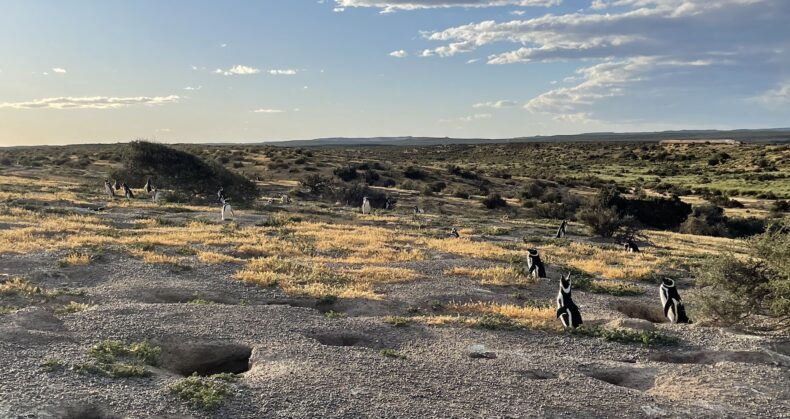
Photos by the author
